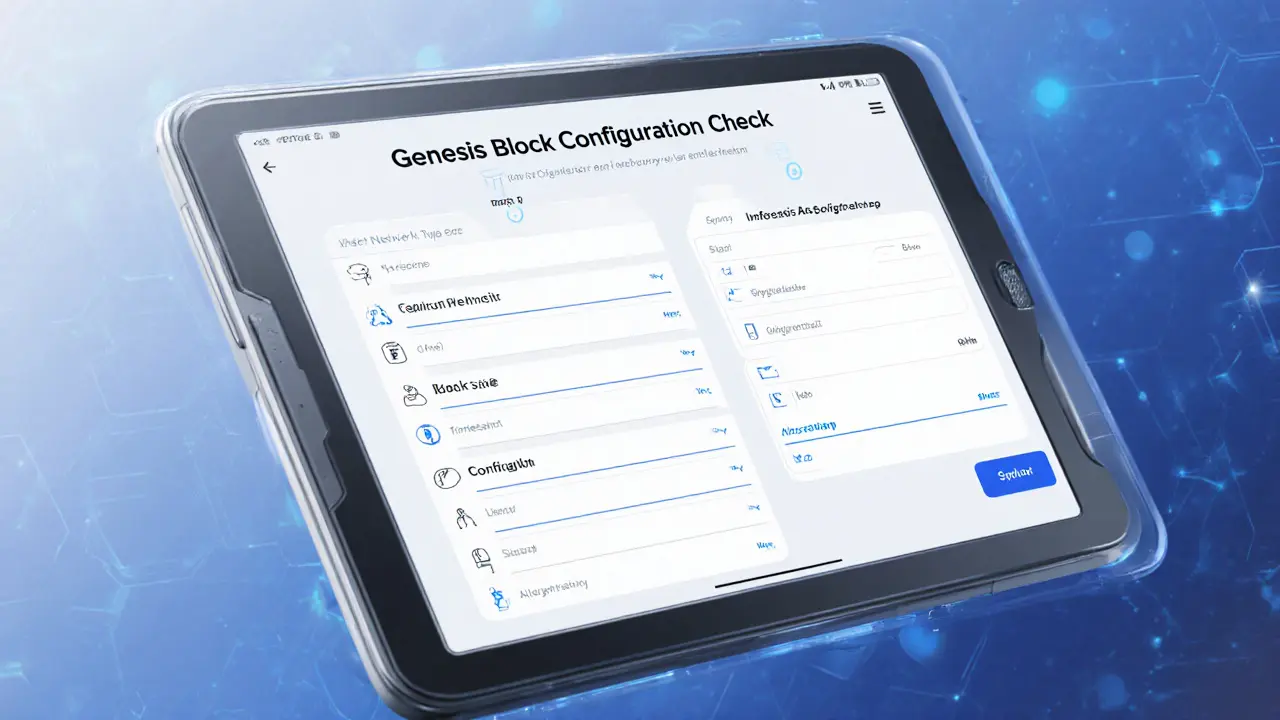Genesis File: The Blueprint Behind Every Crypto Project
When working with Genesis File, the very first block that records a blockchain’s initial parameters, account balances, and consensus rules. Also known as genesis block, it sets the foundation for token distribution, network security, and future upgrades, you instantly see why it matters. Genesis File isn’t just a technical artifact; it defines the starting state that every node, wallet, and explorer trusts. In plain terms, if you picture a city map, the Genesis File is the original grid that tells you where every street begins and where the first houses are placed.
One of the most direct ways the Genesis File influences a project is through Tokenomics, the economic model that governs supply, distribution, and incentives. The file records initial token balances, supply caps, and any pre‑mined allocations, which later dictate inflation rates and staking rewards. Because of this link, a well‑crafted Genesis File can prevent supply‑related surprises down the line. Another close partner is the Airdrop, a token giveaway method that rewards early adopters or specific address holders. Many airdrop campaigns pull eligible addresses straight from the Genesis File, ensuring that only those who were part of the network at launch receive the free tokens. This creates a transparent, on‑chain record that both participants and regulators can audit.
Beyond economics, the Genesis File plays a practical role for Mining, the process of validating transactions and securing a blockchain. Mining software reads the file to synchronize with the correct network parameters, such as block time, difficulty algorithm, and reward structure. If the file is mismatched, miners end up on a fork that never gains traction. Crypto exchanges also rely on the Genesis File when they list a new token; they verify the file to confirm the token’s provenance and ensure the listed supply matches the on‑chain record. All these connections illustrate a chain of dependencies: the Genesis File defines the blockchain, tokenomics builds on that definition, airdrops use the tokenomics data, mining enforces the rules, and exchanges validate the whole ecosystem.
What You’ll Find Next
Below you’ll see a curated mix of articles that dive deeper into each of these areas – from detailed coin profiles and airdrop guides to exchange reviews, mining regulations, and order‑type explanations. Use them to see how the Genesis File underpins real‑world projects and to sharpen your own crypto strategy.
Genesis Block Parameters and Configuration: A Practical Guide for Blockchain Builders
Learn how to configure the genesis block for blockchain networks, covering key parameters, Bitcoin and Ethereum examples, best practices, and common pitfalls.
View More




